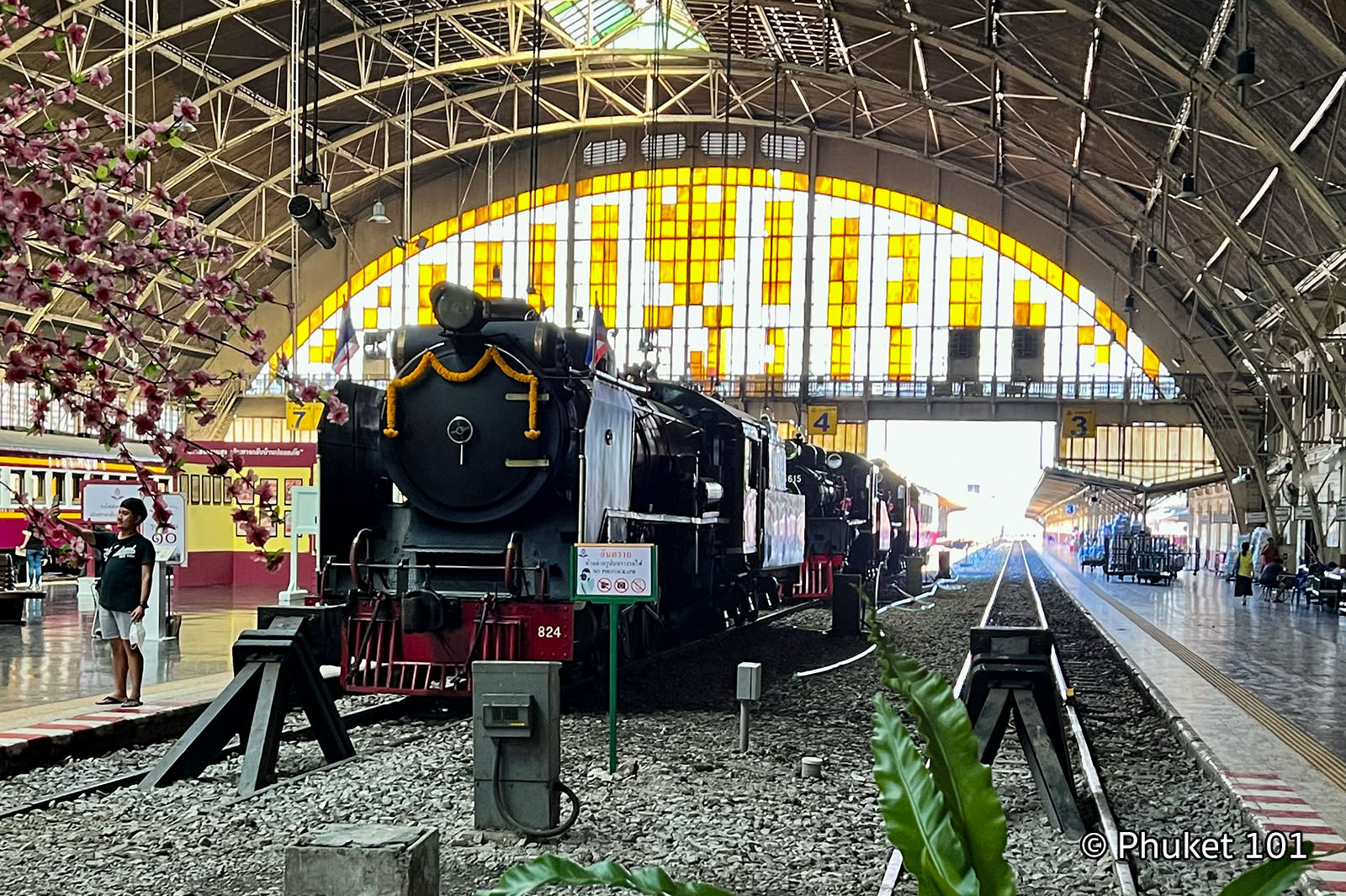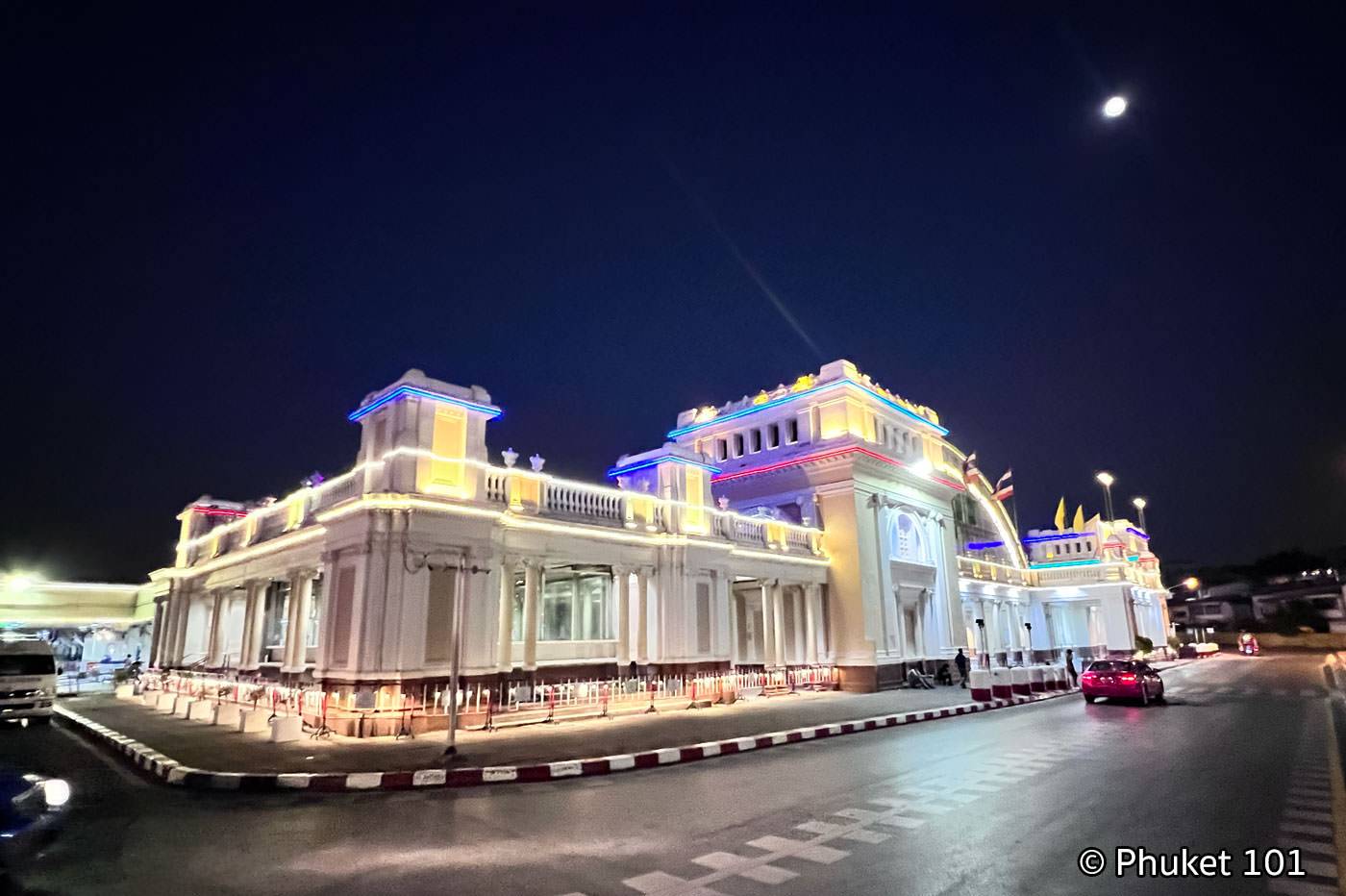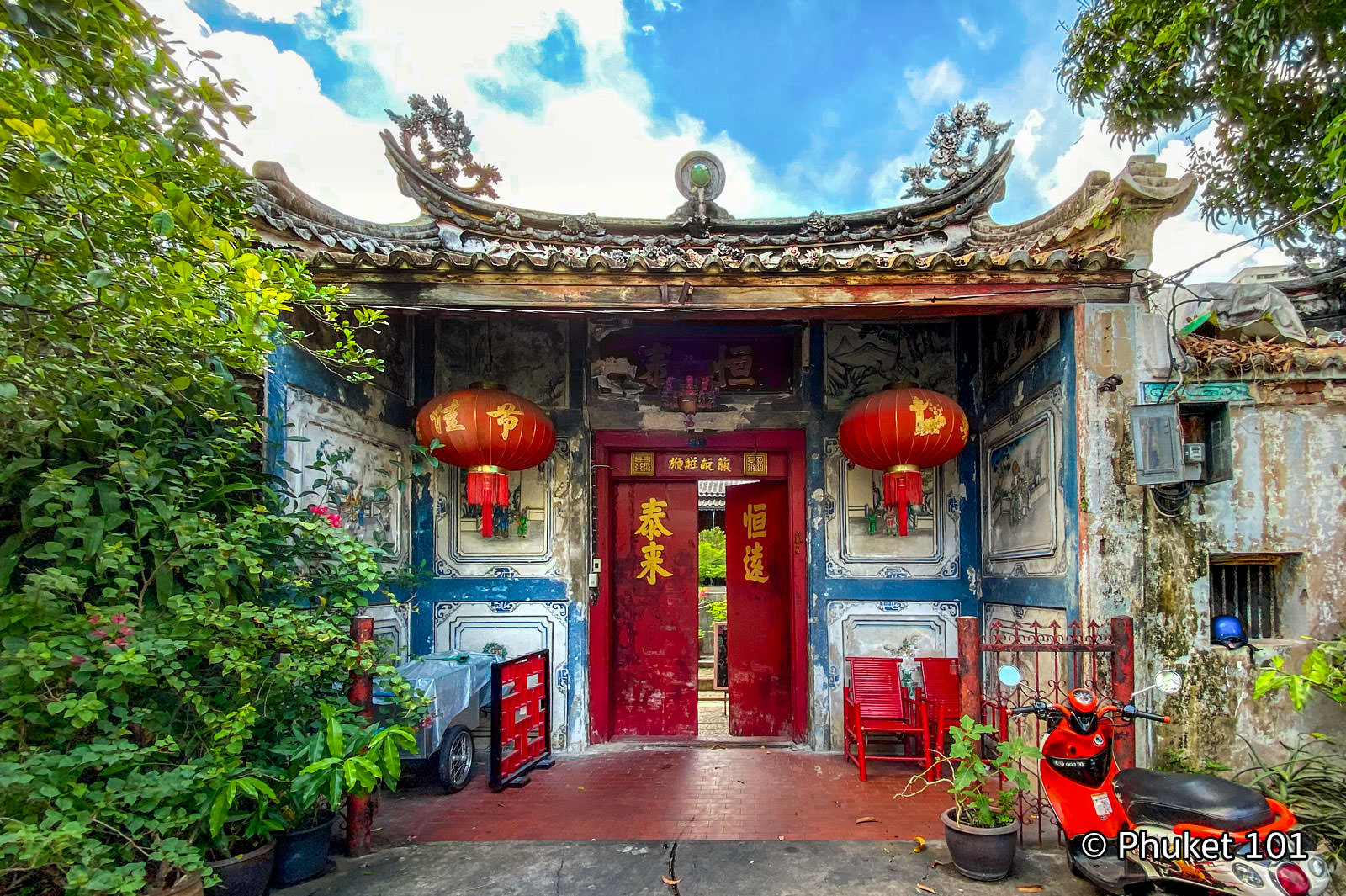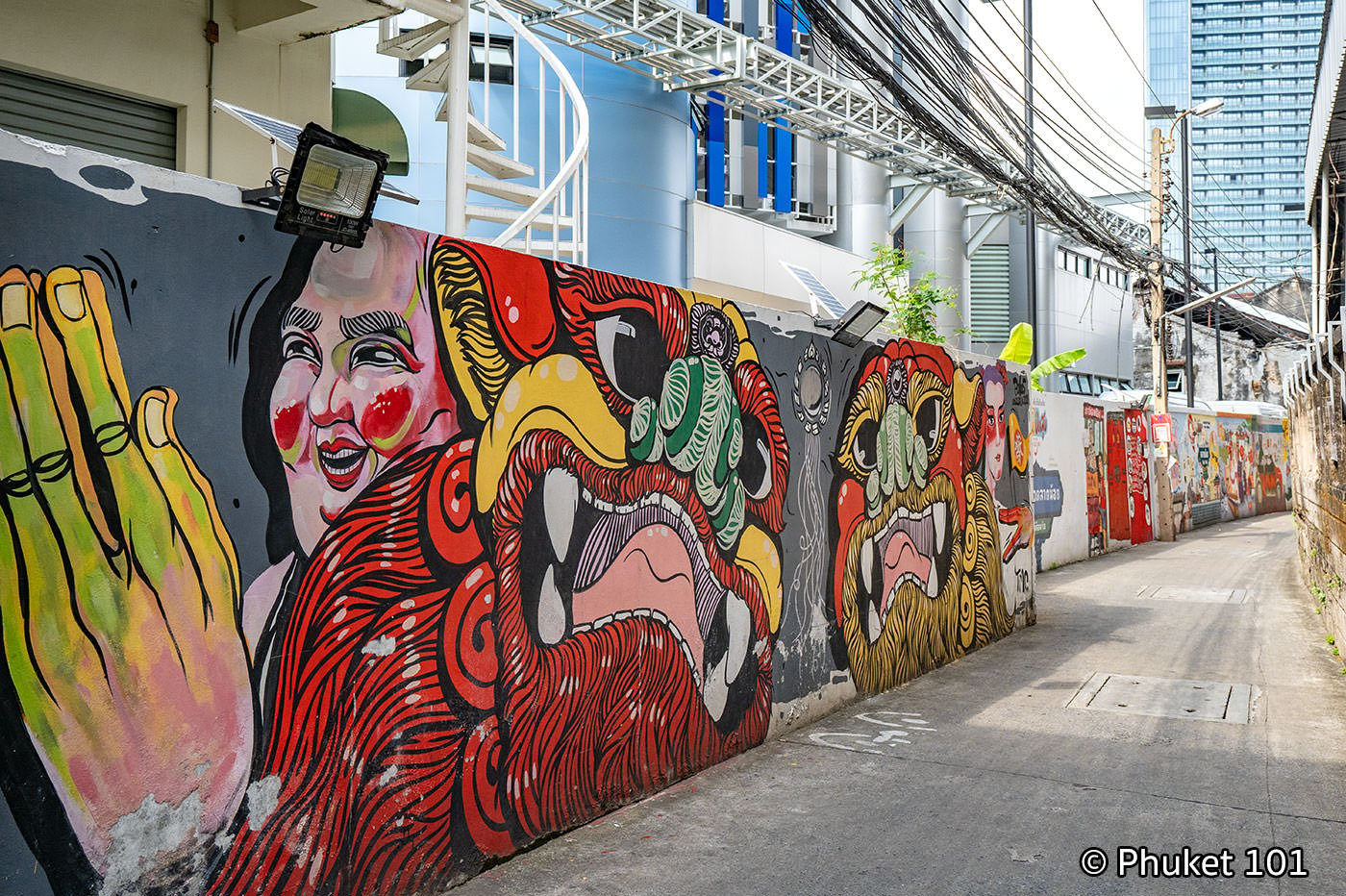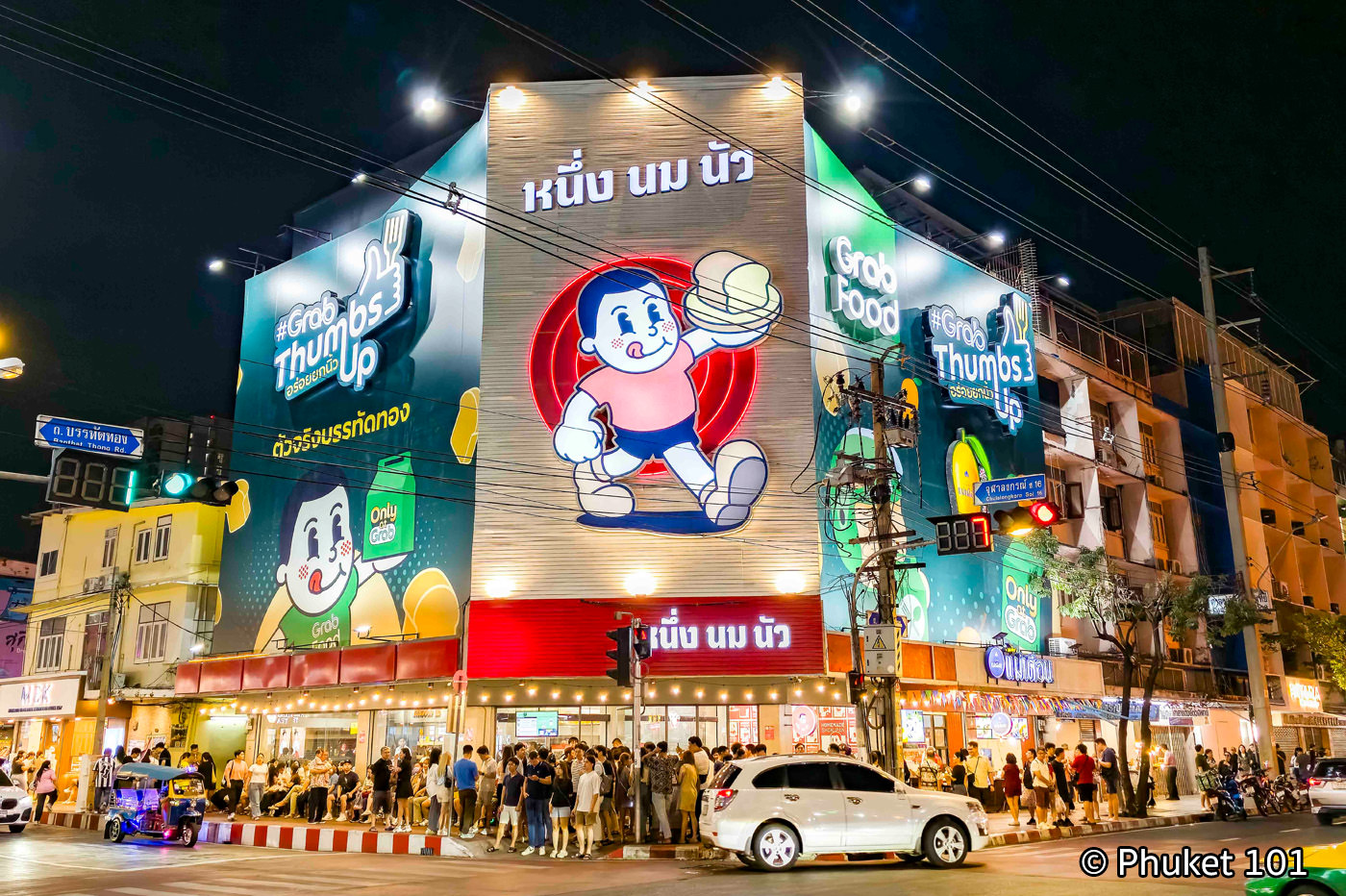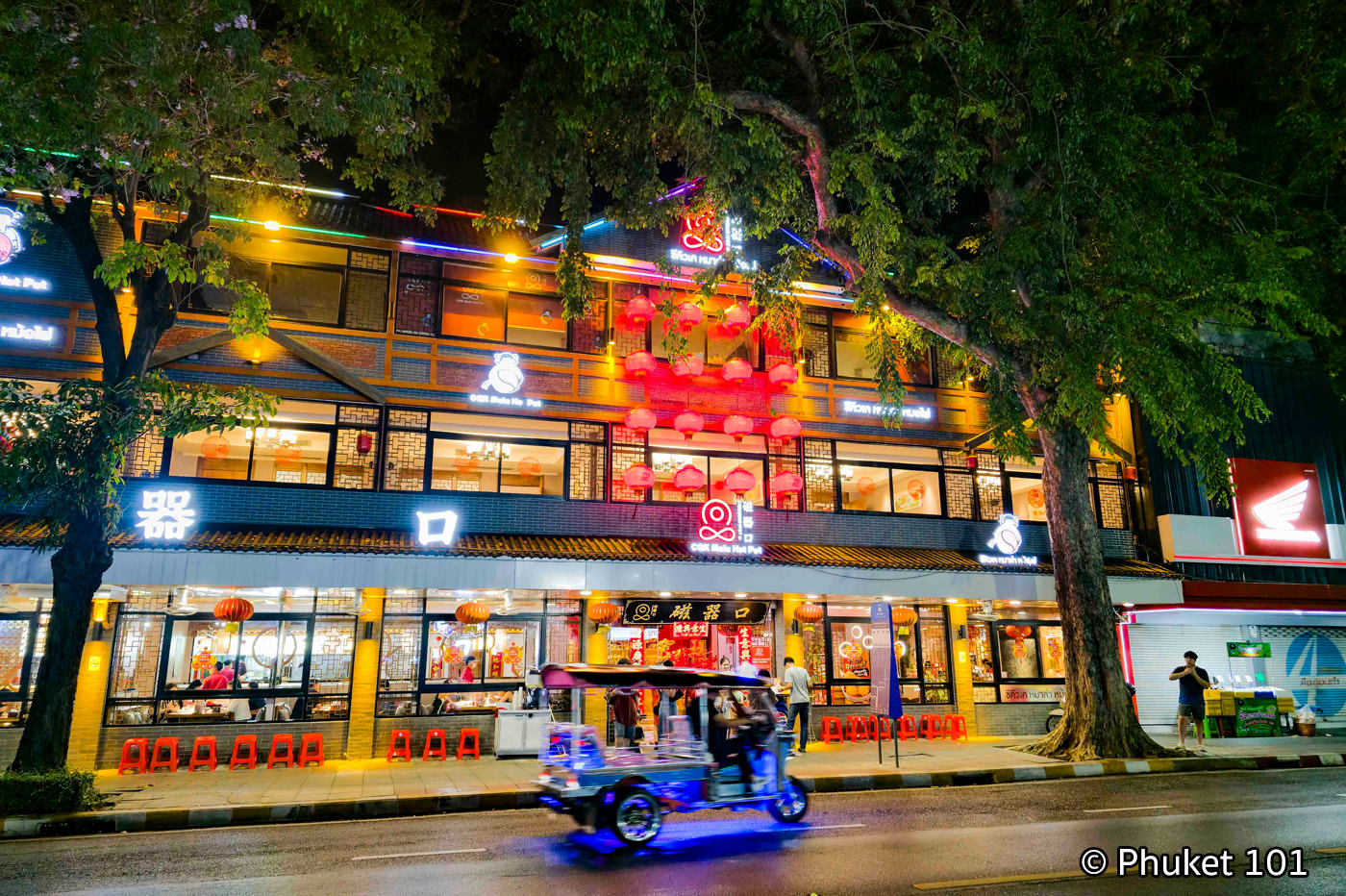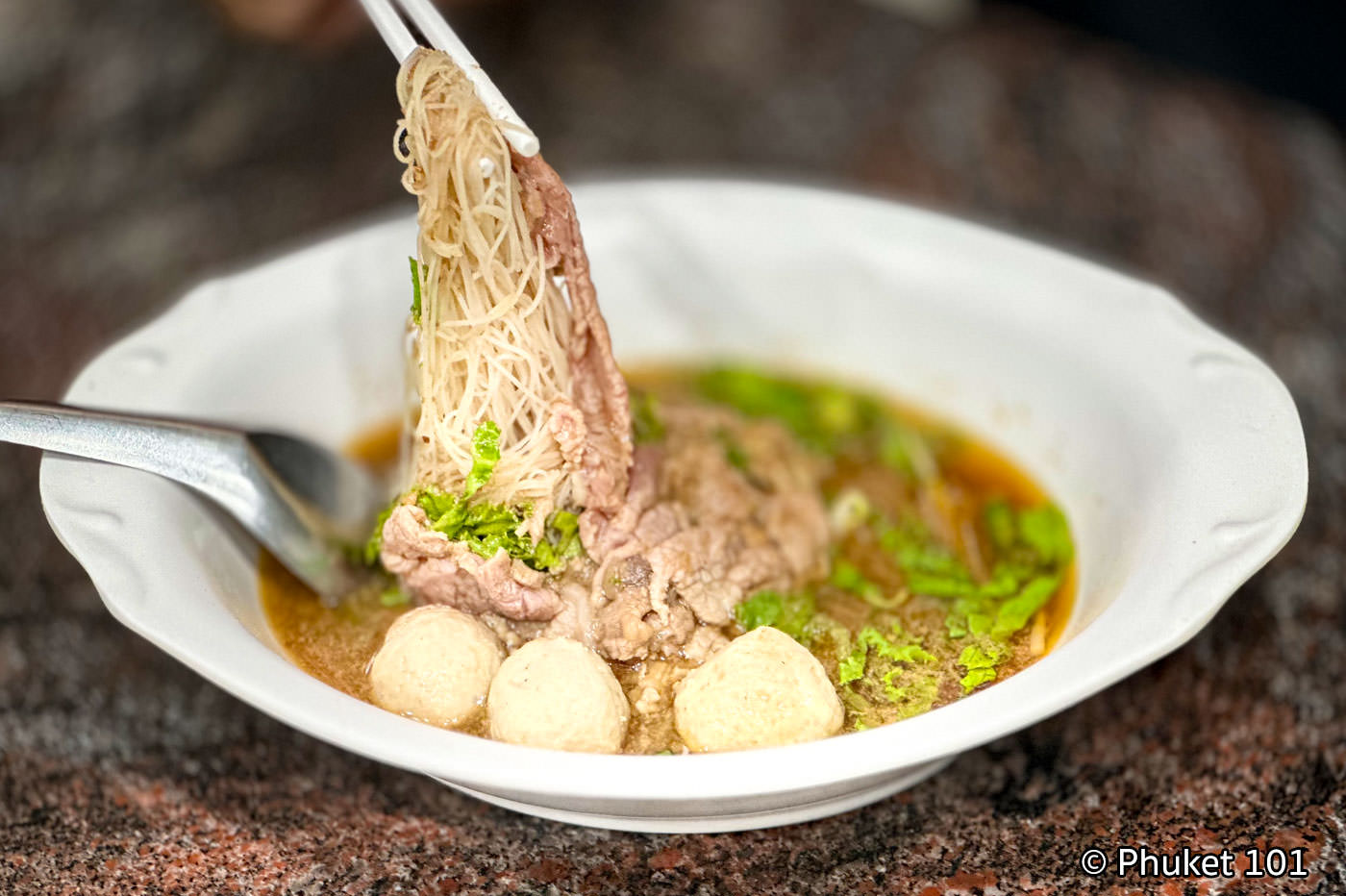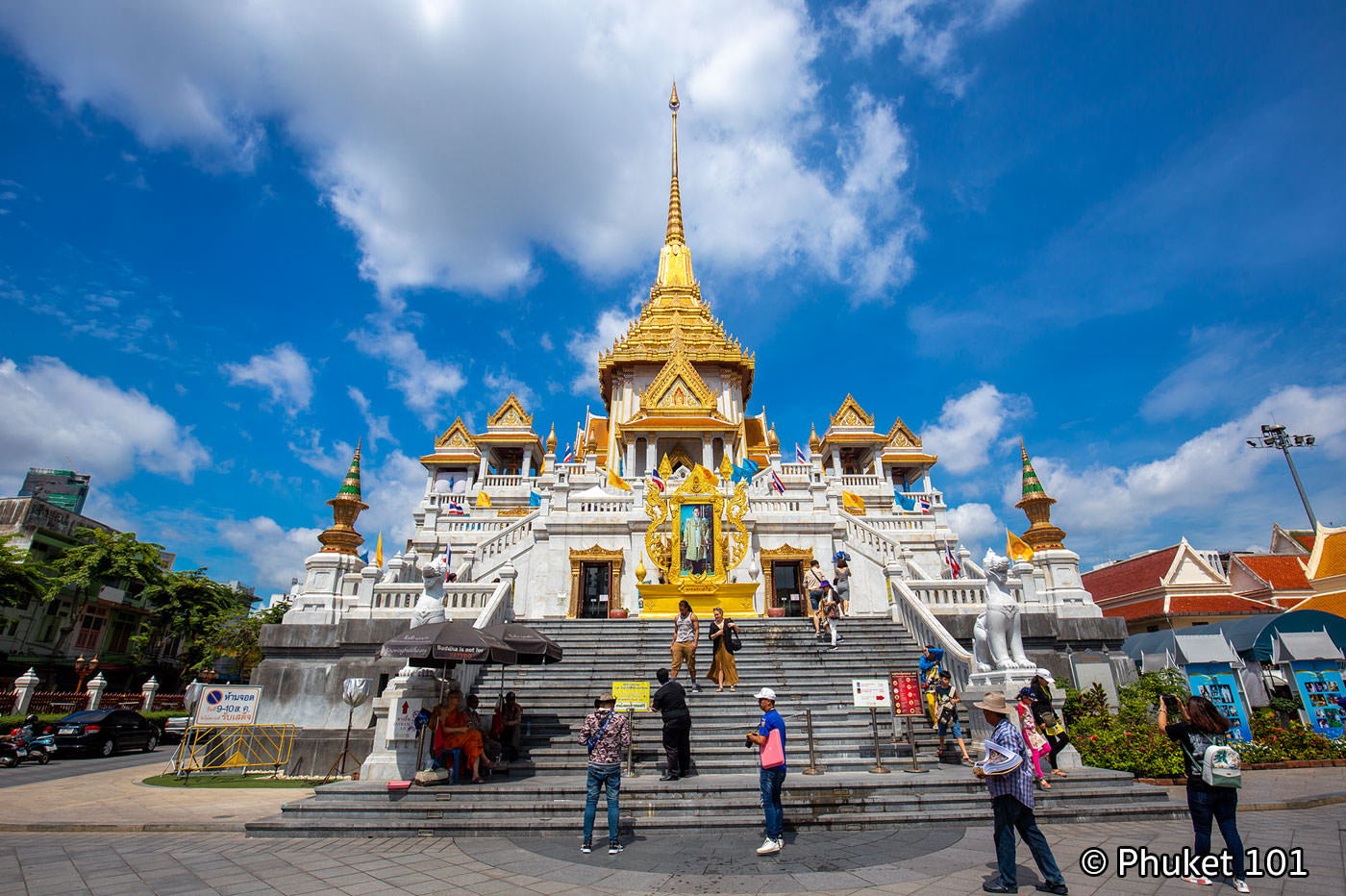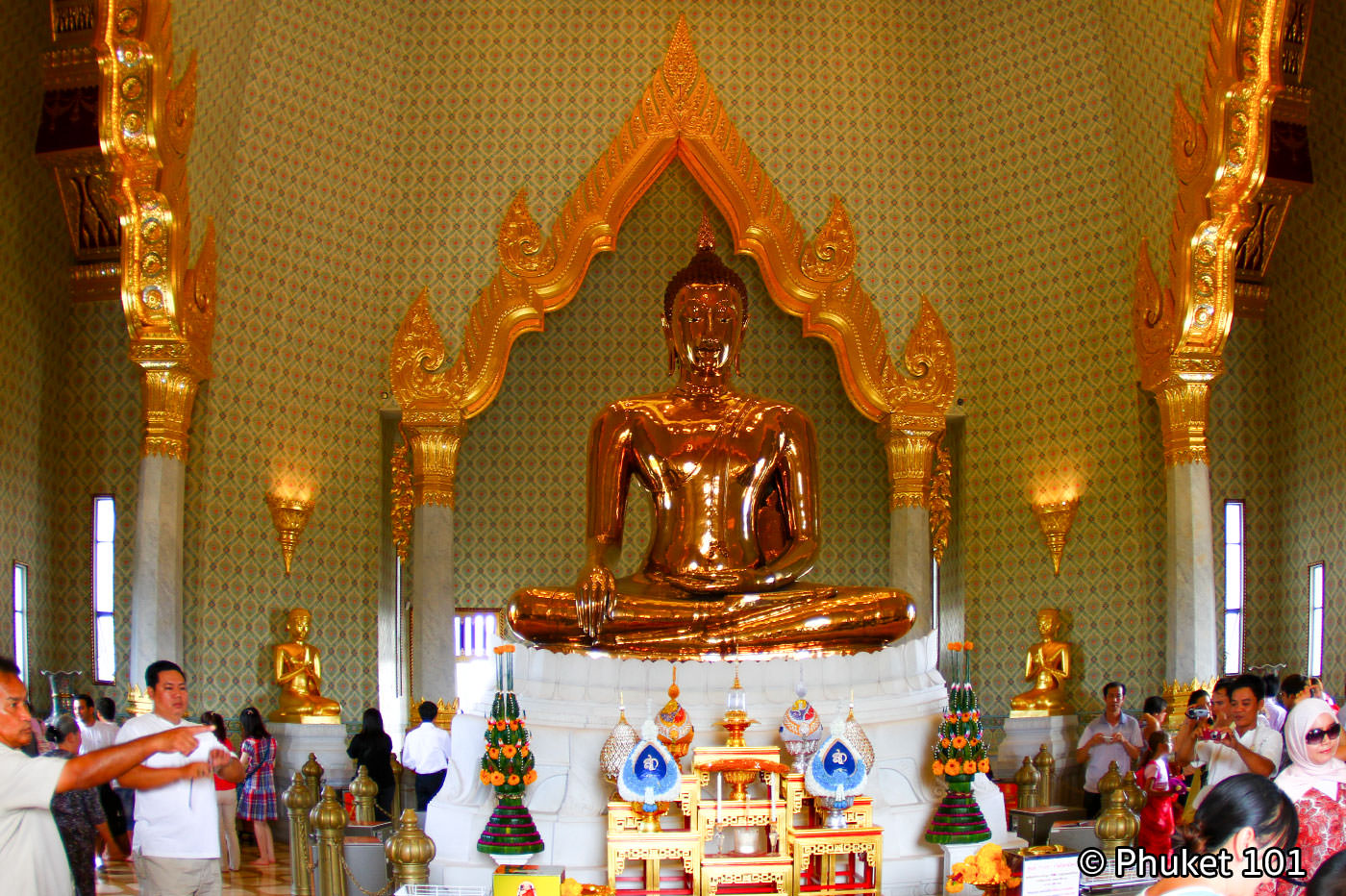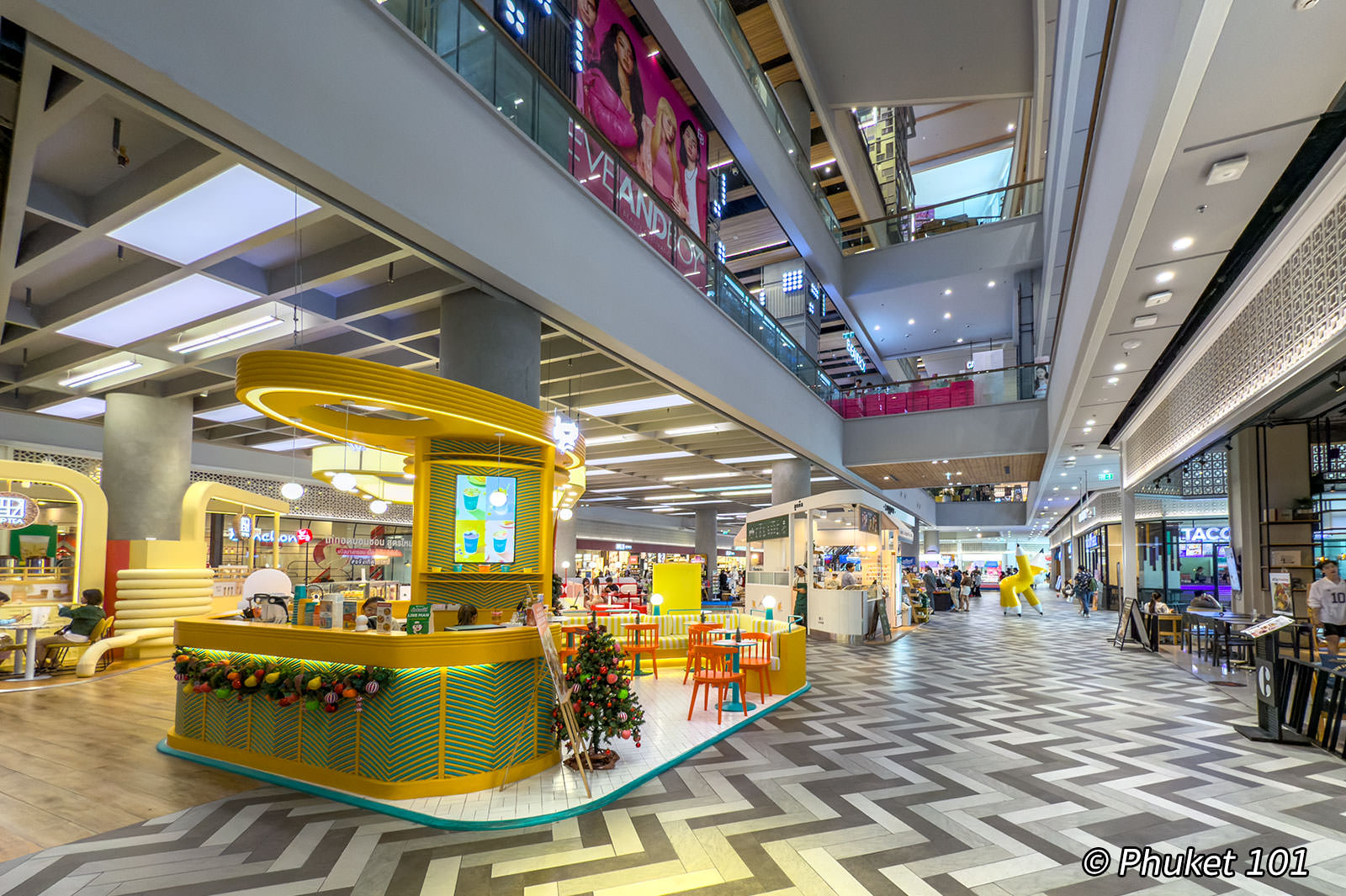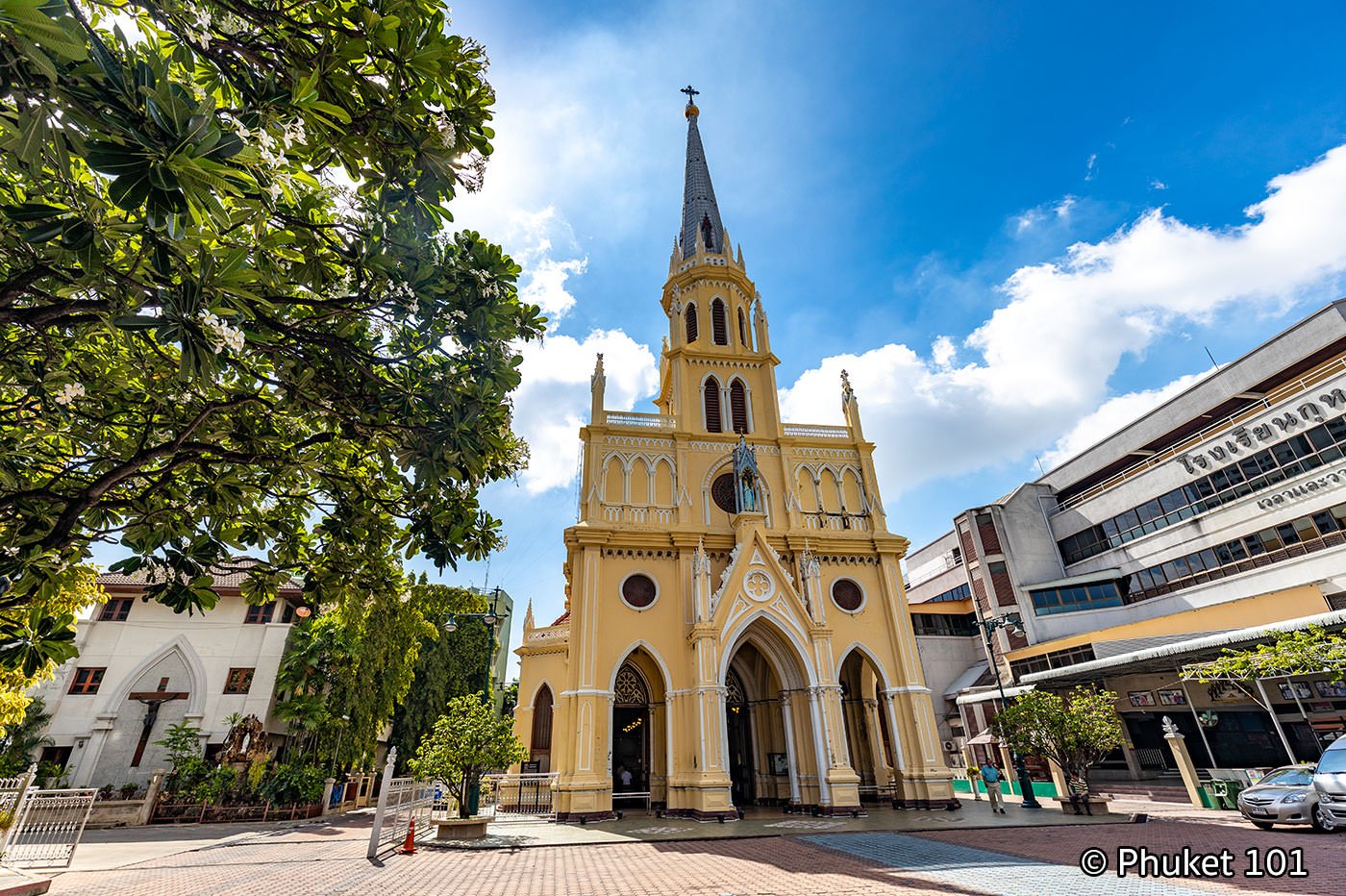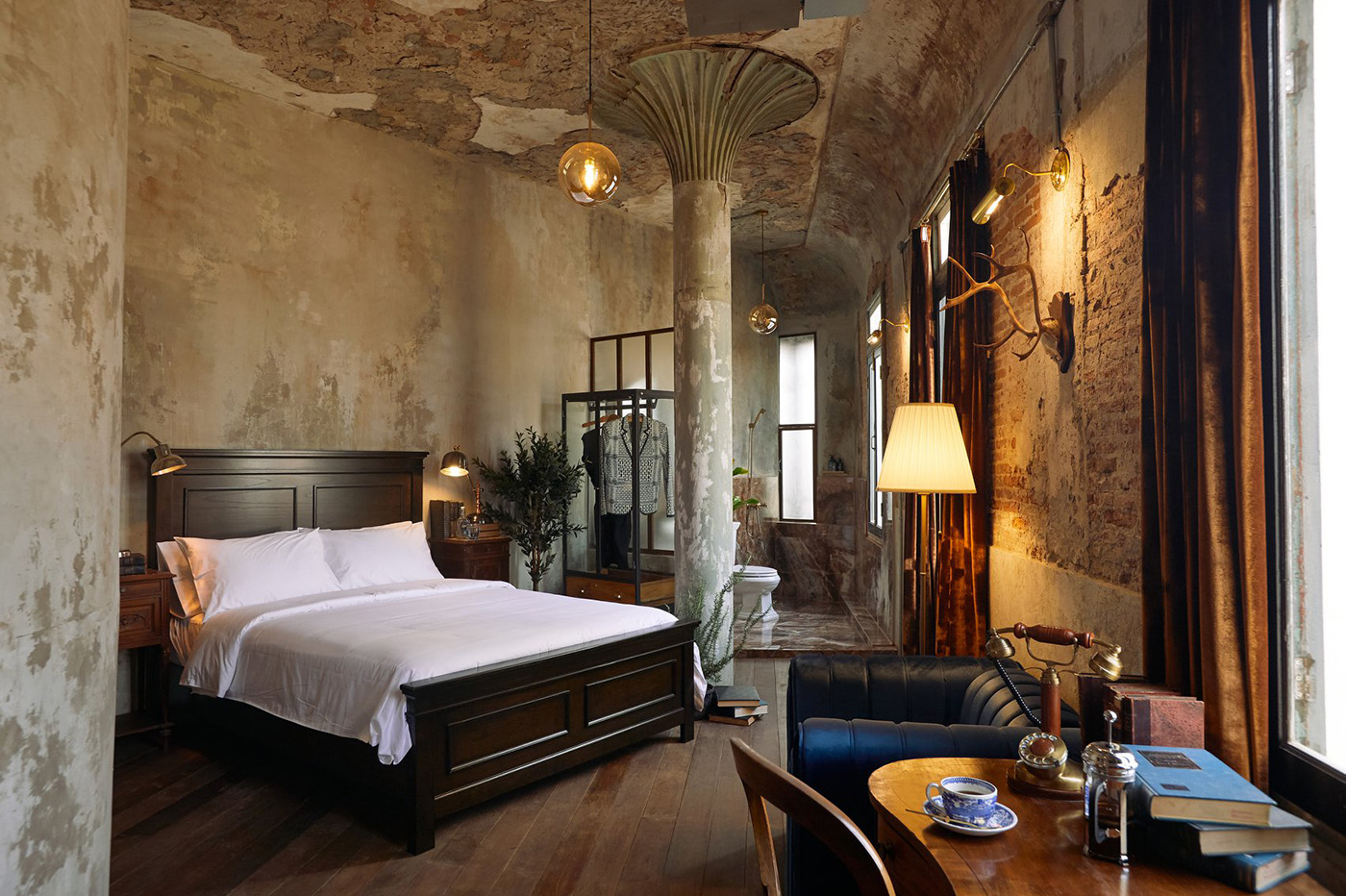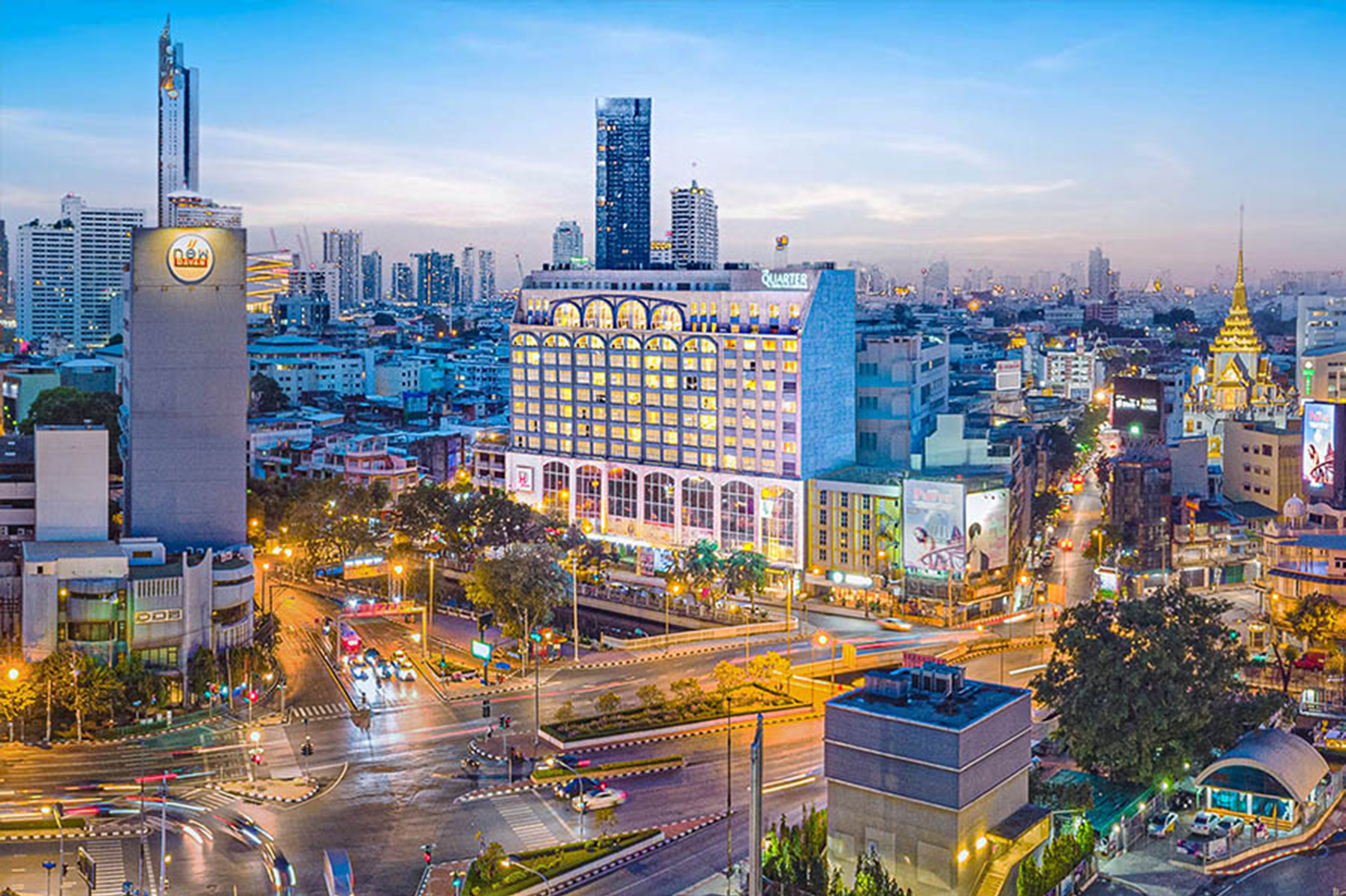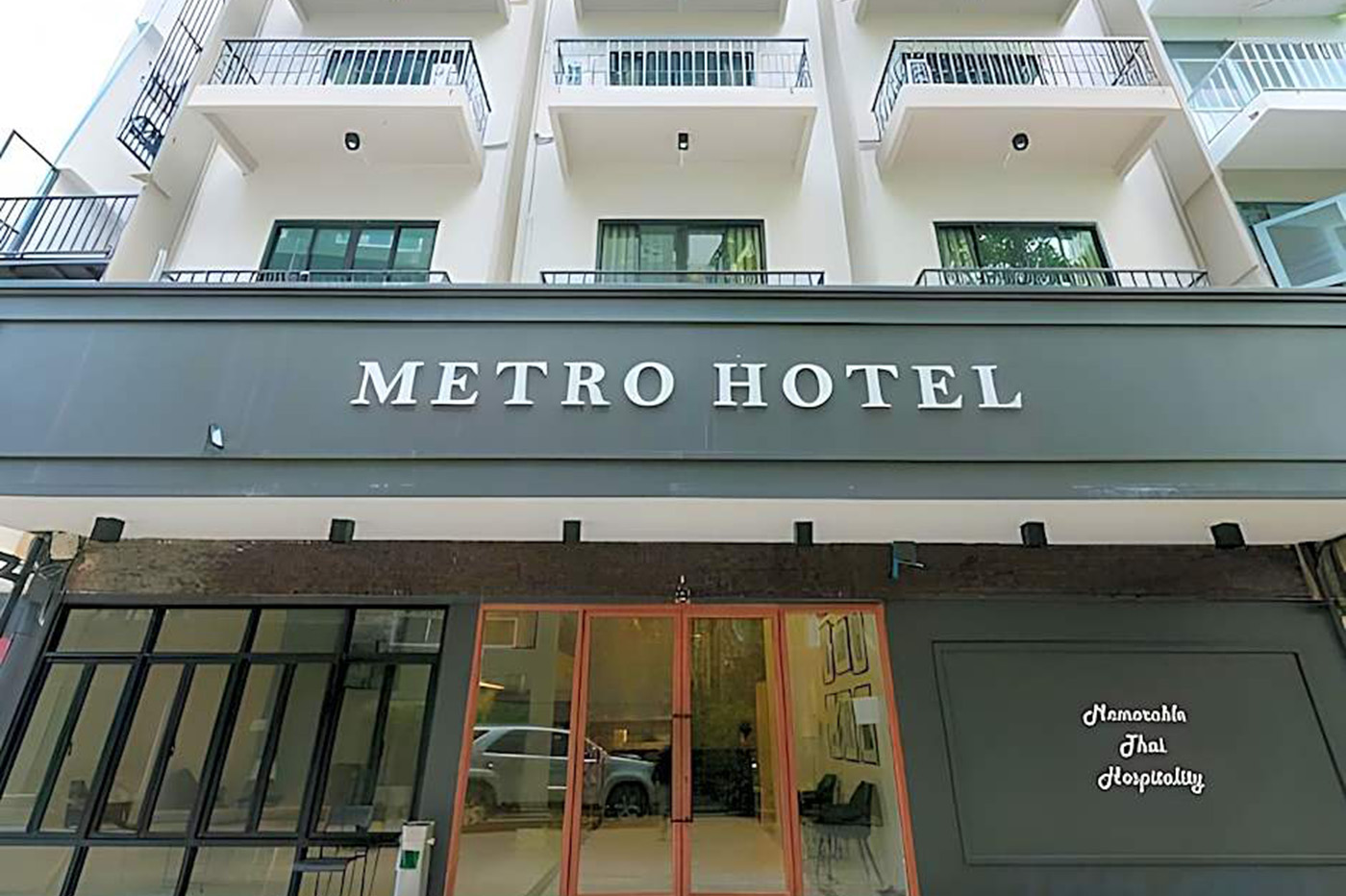Bangkok’s Historic Railway Heart
The Hua Lamphong district sits in Bangkok’s Pathum Wan area, extending beyond the famous railway station that gave it its name. This neighbourhood has evolved from Thailand’s primary transport gateway into one of the capital’s most intriguing cultural districts, where century-old traditions meet contemporary creativity.
Hidden within its maze of narrow streets are traditional craftspeople making Chinese ceremonial items like joss paper and red lanterns for generations. The area’s strategic location bridges Bangkok’s different eras, connecting Chulalongkorn University to historic quarters like Talad Noi and Yaowarat. Today’s Hua Lamphong represents Bangkok’s ability to reinvent itself whilst preserving its heritage.
Hua Lamphong Railway Station
Once Bangkok’s bustling main terminal, Hua Lamphong Railway Station has transformed into something more like a living museum than the busy transport hub it used to be. The grand 107-year-old building still welcomes visitors with its impressive Italian Neo-Renaissance architecture, complete with a massive arched dome and beautiful stained-glass windows that catch the light throughout the day.
The station isn’t completely dormant – around 62 train routes still operate from here, mainly serving tourism and urban routes. But walk through the main hall, and you’ll feel the difference. Where thousands once rushed to catch trains across Thailand, now tourists wander through, taking photos of the historic platforms and admiring the vintage locomotives on display.
The Thai Railway Museum sits quietly to the left of the main entrance, housing over a century’s worth of railway artefacts spread across three floors. It’s free to visit and often surprisingly empty, making it perfect for anyone wanting to understand Thailand’s transport history without fighting crowds.
Talad Noi – Bangkok’s Artistic Maze
Just a short distance away lies Talad Noi, one of Bangkok’s oldest neighbourhoods and perhaps its most photogenic hidden gem. This historic riverside district predates Bangkok itself, though its name means “small market” – ironically, there’s no market here anymore.
What makes Talad Noi special isn’t just its maze-like streets lined with century-old Chinese shophouses, but how street art has transformed forgotten corners into Instagram-worthy galleries. The narrow alleys, particularly Trok San Chao Rong Kueak, burst with colourful murals that blend Thai and Chinese cultural themes with modern artistic expression.
Mother Roaster Café sits at the heart of the street art district, serving excellent coffee in a vintage setting that perfectly captures the neighbourhood’s creative spirit. The famous Antique Turtle Car – a rusted old Fiat 500 that’s been abandoned for decades – has become one of the area’s most photographed spots.
The district maintains its authentic character through working auto parts shops, traditional Chinese temples, and local residents who’ve watched their neighbourhood evolve from a forgotten backwater to a trendy artistic quarter.
Where to Eat in Hua Lamphong
Banthat Thong Road – Bangkok’s Rising Food Paradise
Banthat Thong Road has quietly become one of Bangkok’s hottest street food destinations. What started as a collection of sports equipment and car accessory shops has transformed into a culinary hotspot that locals call “Yaowarat 2” – a reference to the famous Chinatown food scene.
The transformation happened gradually after the COVID-19 pandemic, when Chinatown’s overcrowding pushed food vendors to seek new locations. Chulalongkorn University’s modernisation of the area provided the perfect opportunity, and now the street buzzes with everything from traditional Thai street food to Korean and Japanese restaurants.
Popular spots include Jeh O Chula, famous for its viral Mama Oho spicy noodle dish stacked with seafood and meat. Gui Chai Tod Ar Pae has been serving crispy fried chive pancakes for over 40 years, with queues that prove its 40-baht portions are worth the wait.
The area attracts a diverse crowd, university students grabbing quick meals, office workers on lunch breaks, and food tourists discovering Bangkok’s newest culinary district.
Ros Dee Ded by Nop
Ros Dee Ded on Rama 4 Road serves delicious beef noodle soup with a unique taste, hard to find in Bangkok, especially at such a low price. Ros Dee Ded is a name familiar to Bangkok food enthusiasts because it has been widely known for many decades, originally located in Siam Square, opposite the Siam Paragon Shopping Mall.
Historic Landmarks Worth Visiting
These landmarks cluster together in an area that perfectly captures Bangkok’s layered history – from 19th-century railway architecture to contemporary street art, traditional temples to modern shopping complexes, all within walking distance of each other.
Wat Traimit Withayaram Worawihan
Wat Traimit Withayaram Worawihan houses the world’s largest solid gold Buddha statue, weighing 5.5 tonnes and standing nearly 10 feet tall. The statue’s discovery story is fascinating – it spent centuries disguised under plaster and stucco to hide from invading armies, only revealing its golden glory when accidentally dropped during a move in 1955.
The temple offers more than just the famous Buddha. The second floor houses a museum detailing the history of Bangkok’s Chinese community, while the third floor tells the story of the Golden Buddha itself. Entry costs around 100 baht, and the views from the top floor provide excellent perspectives over old Bangkok.
Wat Hua Lamphong – The Coffin Temple
Wat Hua Lamphong, officially known as Wat Maha Phruettharam Worawihan, sits near Sam Yan MRT Station in Bangkok’s Bang Rak district. Built in 1917, this royal Buddhist temple is locally famous as the “coffin temple” for providing free coffins to those who can’t afford them.
The temple features elevated ordination halls built on platforms with wide staircases – unusual for Thai temples. Inside are stunning wall murals, golden decorations, and multiple shrines dedicated to King Chulalongkorn and various Buddhist deities. Open 24 hours daily, visitors can make merit through candle-making, feeding temple cattle, or donating towards coffins. Despite its central location, it remains primarily a local temple rather than a tourist attraction.
Samyan Mitrtown
Samyan Mitrtown represents modern Bangkok’s attempt to create 24-hour lifestyle spaces. This mixed-use development includes shopping, dining, and the unique Samyan CO-OP – a 500-seat working space that’s free to use around the clock. The mall’s 24-hour zone includes supermarkets, cafes, and even a fitness centre that never closes.
Holy Rosary Church
Holy Rosary Church, also known as Kalawar Church, stands as a Gothic Revival monument to Bangkok’s Portuguese heritage. Built between 1891 and 1897 on the Chao Phraya riverbank, its cream-coloured facade and towering spire make it one of the river’s most recognisable landmarks. The church features stunning stained-glass windows depicting biblical scenes and maintains an active congregation with services in Thai and Chinese.

